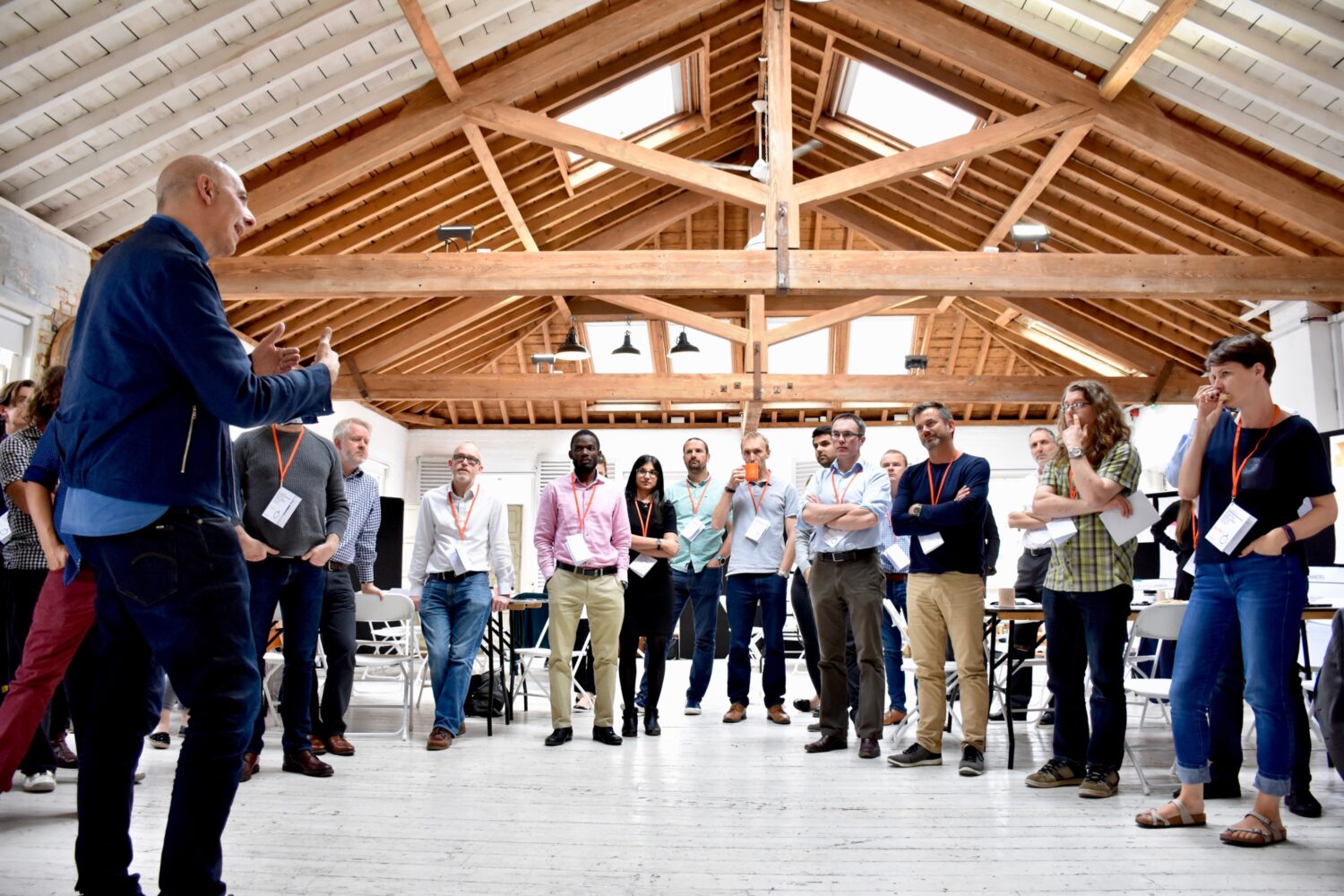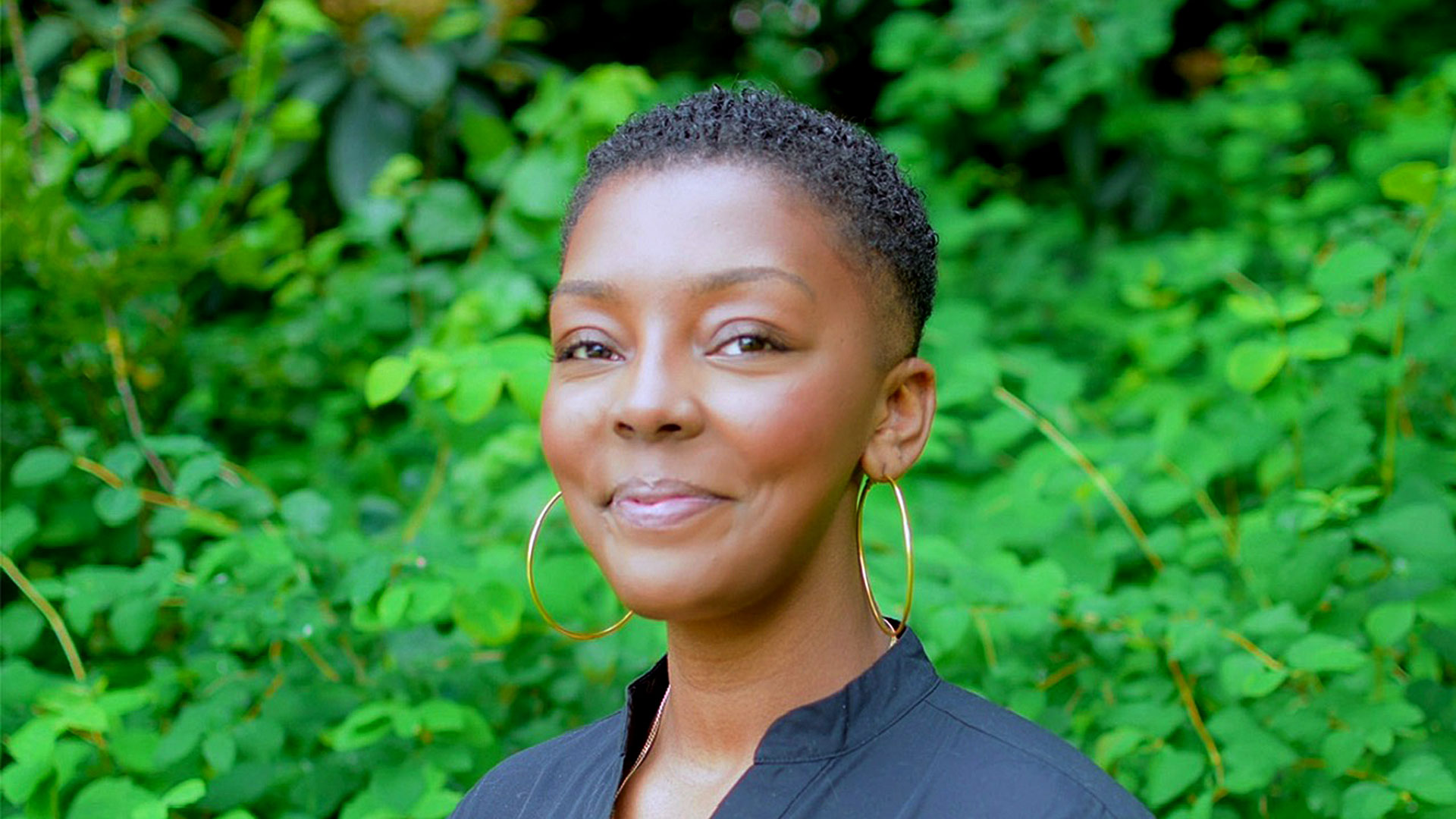
by Daniel Boettcher — Jul 26, 2021
50 years ago at a street café in Milan, two young metal traders, one Italian, one German, were sitting over a coffee talking shop. As they stirred their espressos, conversation turned to the shortage of sheet metal in Italy to make the very spoons with which they were stirring their cups. It turned out that in Germany such material was being shipped as scrap, large offcuts from the production of kitchen sinks. The same metal was also being sent to Japan, where even the timber from the packing crates was sold at a profit to the construction industry.
The German trader was my father. He shares this anecdote to make a simple point: for all the current talk of developing a circular economy some of the basic principles are as old as trade itself- finding new uses for materials; re-imagining waste or scrap as valuable resources; and seeing the business case for making those connections.
Of course, much has changed in the intervening years. Globalisation has led to much cheaper materials and consumer products, weakening the profit motive for reuse. Long supply chains, complex products and mixed materials present many new challenges. On the other hand, we now also have increasingly powerful digital tools at our disposal to innovate and collaborate.

One business that has been at the forefront of this is the global software company SAP. Using its presence in 77% of the world’s business and supply chains it has been looking at how to harness this reach. One initiative has led to real world solutions which SAP is building into its offering to clients. Despite its wide potential it started with a small idea and a personal plea.
The Plastics Cloud
In 2018, public attention in the UK became focused on plastic pollution, due in no small part to David Attenborough’s Blue Planet II series. One of those watching the programme was the young daughter of SAP Executive Stephen Jamieson. “She couldn’t sleep,” says Jamieson. “She was upset about what was happening in our oceans and she wanted to see a solution, and she quite simply challenged me to go and do something about it.”

Jamieson, who is now SAP’s Global Head of Circular Economy Solutions, had already been exploring how to apply the company’s innovation potential to sustainability challenges. “We had no concept or idea of what we might be looking to achieve, other than the basic principle that the people that can answer these questions are potentially going to be in the room, and that by getting together around a set of new technologies, maybe we would be able to find some answers.” The scourge of plastics pollution seemed to lend itself perfectly as a first challenge.
To shape the early thinking Jamieson teamed up with the Design Thinkers Academy London. Its founder and managing director David Kester believes the design thinking process lends itself well to untangling the complexity of problems such as plastics pollution. “Sometimes they call them wicked problems,” says Kester adding that design thinking provides a safe space to explore collaborative solutions.
“It enables you both to zoom out and look at the bigger picture and see that whole ecosystem, but also zoom right in and look at things in a new way through the eyes of the consumer, through the eyes of individual players, actors within that system.”
The SAP Plastics Challenge was born. It began with detailed ethnographic research, bringing the experiences of consumer citizens into the room. Over a number of days, and on the understanding that any solutions would be shared under creative commons, a range of businesses, including big global names, set about developing new approaches to tackling single use plastics.
It soon became clear that one overarching idea was the glue that held all the other solutions together – the power of data. “The penny really dropped about the role of SAP here,” says Jamieson.
“It wasn’t to go and build individual specific applications, but to be able to unlock that global data capability that we already have flowing across our systems, across the world, and then really using that to unlock the innovations that will then drive solutions.”
From an original pilot of a “Plastics Cloud” SAP has developed solutions that focus on eliminating material waste from businesses; circulating materials between businesses; and supporting innovative models that transition to new ways of consumption. One platform, SAP Responsible Design and Production, will help companies to understand the impact of material flow decisions, as well as enabling businesses to have the data to comply with regulatory reporting and provide transparency for voluntary commitments.

Circularity and the Climate
While many businesses have perhaps seen circularity primarily through the lens of saving materials and resources, as they have come under increasing pressure to take responsibility for the waste they produce, climate benefits are now also moving to the fore. Companies that have focused on energy efficiency and renewables to reduce their climate impact are seeing that keeping materials in the loop for longer also saves emissions.
“One way in which a circular economy can have a powerful impact on carbon emissions is that you are decoupling value creation from virgin materials and manufacturing in your supply chain,” says Aleyn Smith-Gillespie who leads work on circular economy and business model innovation at The Carbon Trust, an international climate change and sustainability consultancy. “This can create orders of magnitude in resource efficiency, and is therefore a significant lever for achieving the net zero targets that companies and economies need to set themselves.”
Linking emissions reductions and circularity lies at the heart of a new project being developed by the Design Thinkers Academy London. Developed in partnership with The Carbon Trust it will take place later this year, harnessing the power of design thinking to develop new business models that focus on tackling climate change.
The Sprint Camp will draw on the success of the Plastics Challenge and will provide participants with the tools they need to effect change within their own businesses and organisations.
“We’re learning that we have to be brilliant innovators, says Kester. Coming together, when we work on a specific project or problem as we are going to do on the Sprint Camp on Climate Action, we’re also learning together how we work together… how we innovate fast.”
Innovation has always been driven to a large extent by an exchange of ideas. That may once have been enterprising colleagues chatting over an espresso, seeing a market gap for turning sink offcuts into spoons or wooden packing crates into building materials. But increasingly it involves players in complex and interdependent global supply chains seeing connections with the help of data, to which the latest technology can be applied. That in turn depends on collaborations, and for some of the biggest environmental issues we face, whether pollution or climate change, they can begin with a room full of energised innovators, set a challenge and given the inspiration to start that journey.

